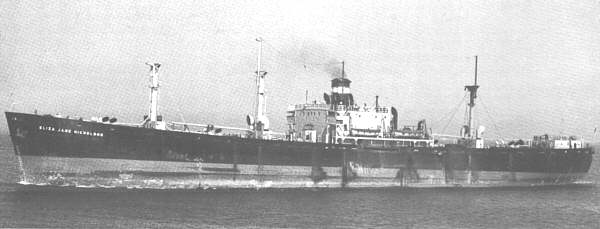
On a glassy sea under a clear sky, the Greek freighter SS Irini Stefanou steamed south in early February 1965. Carrying a heavy load of Canadian lumber, the former World War II Liberty ship was destined for London, via the Panama Canal. But its passage would end abruptly on the rocks of the San Benito Islands, 300 miles south of San Diego. . .
The story of a strange Shipwreck.
In war surplus biplanes, aviation pioneers T. Claude Ryan and B. Franklin Mahoney made history on March 1, 1925. The launch of their Los Angeles–San Diego Air Line, would be America’s first regularly scheduled, daily airline service. This is the story of America’s First Airline.
In 1909, a dry wave was growing in America. Temperance laws were slowing liquor sales in cities throughout the country. Saloons were a particular target. . .
This is the story of San Diego’s Anti-Saloonists Campaign.
We found ourselves in a large bar and billiard-room . . . Here I saw Lieutenant Derby, of the Topographical Engineers, an elderly gentlemen of emaciated appearance and serious cast of features. . .
“The effort of the American Legion to eliminate all un-American teachings from the schools of the nation has been a real success. . . . ”
In the 1930s, the social science textbooks authored by Dr. Harold Rugg were standard classroom fare in schools throughout the United States. But late in the decade, the books came under remarkable public scrutiny and were attacked as subversive and un-American.
Here’s the story of San Diego’s Textbook Controversy.
As crowds gathered at the offices of one of Southern California’s leading financial institutions, the bank president, J. W. Collins emerged to reassure nervous depositors, explaining: “Owing to continued shrinkage in deposits and our inability to promptly realize on our notes and account, the bank is temporarily closed.” Merely a precaution, Collins soothed, “it is beyond question that depositors will be paid in full.”
Continue reading about the notorious 1891 San Diego Banking Scandal.
 For over a century, San Diego County has provided locations for hundreds of major motion picture films. Since the early 1940s a popular site has been the beaches and hills of Camp Pendleton, one hundred miles south of Hollywood. The sprawling, 125-thousand acre Marine Corps base would host the filming of several patriotic epics during World War II before scoring a huge hit at the decades end with “The Sands of Iwo Jima.”
For over a century, San Diego County has provided locations for hundreds of major motion picture films. Since the early 1940s a popular site has been the beaches and hills of Camp Pendleton, one hundred miles south of Hollywood. The sprawling, 125-thousand acre Marine Corps base would host the filming of several patriotic epics during World War II before scoring a huge hit at the decades end with “The Sands of Iwo Jima.”
Read the story of the filming of The Sands of Iwo Jima.
When E. W. Dickenson, clerk of the superior court, went into his yard last Friday morning he was surprised and somewhat frightened when he discovered a stick of dynamite beneath one of his windows. About three yards of fuse was attached to the dynamite and the end was partially burned . . . —San Diego Union, April 7, 1909
It was a close call. Someone had tried to blow up the house of Edgar Dickenson at 3674 A Street. The popular deputy county clerk and attache at the county courthouse could not recall anyone with cause to hurt him or his family. But he did remember a strange business transaction regarding a cow.
Continued in A Man of Peculiar Temperament.
As a target for art thieves, the Public Library would seem an unlikely place. Nevertheless, janitor Robert Butler had an unwelcome surprise when he opened the doors of the library on Friday morning, February 5, 1909. As Butler climbed the stairs to the art gallery on the second floor, he was shocked by the sight of empty picture frames strewn along the baseboards. Fifteen oil paintings on loan from prominent local artists had disappeared. . .
The story of the Carnegie Library Art Heist.
In the “Air Capital of the West,” a young parachute designer named James Russell leaped from airplanes to test his own experimental designs. Russell parachutes were standard equipment for both military and civilian flyers. The story of “The Pioneer of Parachutes.”












